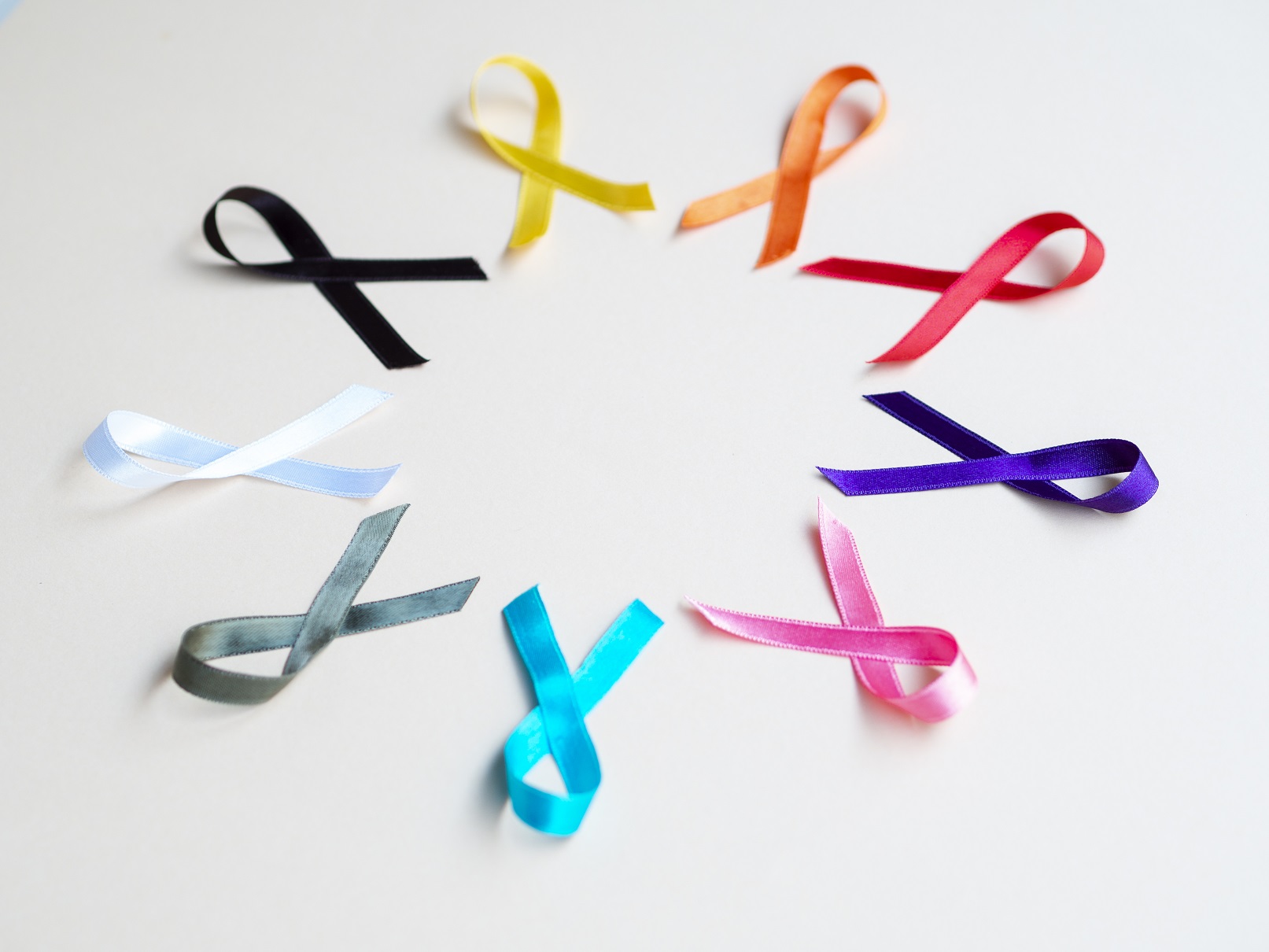Cell lines serve as a significant research tool that replaces intact organisms and primary cells when studying biological processes. There are different applications of cell lines like testing drug cytotoxicity and metabolism, studying gene function, artificial tissue formation, synthesis of various biological compounds, and antibody production. When it comes to cancer research, the researchers use cell lines that have been derived from tumors as models. It is believed that these cell lines contain the genomic and epigenomic variations that happen in tumors.
In order to develop an understanding of how tumors respond to cancer treatment, studies often link genomic and/or epigenomic variations with the response of a drug across different cell line panels. This results in a massive dataset like Cancer Cell Line Encyclopedia that helps us better understand tumor biology through a huge resource of transcriptomic, genomic, epigenomic, and dug-response data related to hundreds of different cell lines.
The Cancer Cell Encyclopedia contains huge CCL (Cancer Cell Lines) libraries with cells representing different types of tumors found in cancer patients. They can be of significant importance in cancer research, providing researchers with great insights into the unique genetic characteristics of tumors and how sensitive they may be to any current and future treatment options. The data from these libraries can help researchers make breakthrough discoveries and develop new therapeutic cancer treatments for patients.
The Origins Of The Cancer Cell Encyclopedia
The Cancer Cell Encyclopedia is a collection of over 1100 cell lines that started assembling in 2008. An initiative of the Broad Cancer Program and the Novartis Institutes for BioMedical Research, the CCLE was taken a step up in 2012 when the collaborators started exploring the genomic characteristics as well as the drug sensitivities of the cells included in CCLE. The aim was to catalog the data related to gene expression, targeted gene sequencing, and chromosomal copy number from all the cell lines along with several drug-response profiles.
With this breakthrough research project, vital information was made available that helped transform the way cancer scientists used to characterize different drug targets and measure the activity of the drug. Over the years, this resource in cancer research has seen great progress and a number of new cancer cell lines have been added to it. Today, it features more than 1100 cell lines – growing from only 900 at the start of the project – and even includes data about the molecular spectrum covering everything from sequence and expression to protein and the likes.
What Does The Cell Encyclopedia Seek To Discover?
The Cancer Cell Encyclopedia carries information that may be crucial for researchers in identifying cancer patients for whom certain drugs could prove beneficial. According to researchers, such cancer cell line data could lead to successful pre-clinical stratification schemata for anticancer agents. It can help with the development of personalized therapies by predicting drug response based on genetics in a pre-clinical arrangement.
William Sellers, Global Head of Oncology, Novartis Institutes for BioMedical Research, says, “Without access to a systematically collected set of molecular data, researchers can’t match experiments from cell lines with patient tumors when new medicines become available.”
The cancer cell line encyclopedia catalogs molecular and genetic profiles of 1100 cancer cell lines to help with R&D. Today, these cataloged cell lines are available publicly so that they could be used worldwide to improve the design of clinical trials for cancer patients. “We are placing this information in the public domain. We hope that many in industry and academia will use these data to discover new drug targets, to evaluate current therapies, and to facilitate treatment for their patients with cancer,” William added.
Predictive Analysis Is The Future Of Cancer Treatment
If we look into the past decade, the oncologists would use their medical training and experience for determining the best cancer treatment options based on certain calculations. Things have changed quite a lot today as they only have to enter certain patient details into an EHR system before using analytics tools for processing the information, and making their decisions based on the results.
An article, published in the ASCO Educational Book from May 2019, examined the potential of predictive analysis to improve cancer treatment, revealing the following three areas that could benefit greatly from the predictive analysis.
Population Health Management. With the help of predictive algorithms, high-risk cancer patients can be identified. These patients have a greater probability of readmission after undergoing chemotherapy or surgery. Identifying them at an early stage through predictive analysis can allow for prompting crucial preventive care, avoiding strain on the patients, and reducing treatment costs at the same time.
Radiomics. Computer-assisted texture analysis studies tumor characteristics based on quantitative data obtained from scans. For example, computers can examine how the lesions in various cancer patients given chemotherapy are different and assist with predicting the type of patients who might benefit from the treatment in the future.
Pathology. Reading biopsies inaccurately can result in inappropriate or excessive treatment. With AI algorithms, however, more accurate insights can be obtained into biopsies, allowing oncologists to focus on other important aspects of rendering care to their patients. The cancer cell encyclopedia can be a building block for predictive analysis, providing crucial insights into more than 1100 cancer cell lines to help develop more accurate predictive algorithms. In the future, the use of predictive analytics systems could be more widespread and it will be used in routine point of care decision-making to provide the best cancer treatment to a large array of cancer patients.
Precision and Personalized Cancer Treatment. The ultimate aim of the Cancer Cell Encyclopedia is to improve the way cancer treatment is provided by understanding different tumor types and prescribing a more accurate treatment plan for cancer patients. It promotes precision medicine and personalized cancer treatment where the healthcare providers plan and render specific care to the cancer patients depending on their genes or that of their cancer cells. It helps understand how a particular gene change or gene mutation would affect an individual’s risk of developing a particular type of cancer. It also helps understand how the genes of cancer patients would affect their cancer treatment.
With such information available, the oncologists can use the patient’s genetic test reports to formulate a proper personalized care plan giving recommendations very specific to their case. It can not only help with choosing more effective treatment options but also help individuals make the right decisions to avoid a particular type of cancer they might be at risk of.
So, the cancer cell encyclopedia is a great resource for researchers, and the fact that it is available publicly all over the world can help with studying and further improving cancer treatment in the future. It can play a major part in improving predictive analysis algorithms and render personalized care to cancer patients with precision medicine.
Dr. Paul Zhang at the Institute of Integrative BioOncology in Houston provides evidence-based treatments for a wide range of cancers. Call today for more information.




